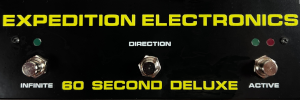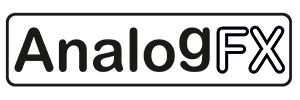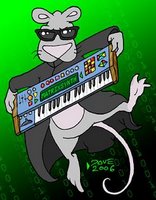Thursday, July 09, 2020
Hydrasynth, Slim Phatty, Virus C, Pro 2, Gadget, Thor... "Terrestrials"
Brittle stR music
"A fairly minimal dub with a bottom G pedal note from the Phatty. The Pro 2 and Virus provide the chord riffs; Hydrasynth the high tuned mallets; Gadget all the percussion and sequencing; Thor does the choral pad with both LFOs modulating the formant filter. The delays are all on a dotted rhythm. The Phatty goes through a Lin 6 HX Stomp with the tape echo emulation."
I got a new synthesizer! I got EIGHT new synthesizers! It's a Yamaha TX816 jam by Charles Whiley
Charles Whiley
-Yamaha TX816
-Moog Little Phatty
-Boss DR-770
-Korg DW-8000
-Jomox Alpha Base
MFB Tanzbar lite
-Synthstrom Deluge
Dubby House Volca and Blackbox
Dj Puzzle
"Got some deep dubby patterns going on my experimental stage. Here you will see a Volca Kick, Volca Bass, 1010music Blackbox, two cheap effects pedals synced and in action."
Roland JX-8P Analog Synthesizer SN 626485
Note: links to listings are affiliate links for which the site may be compensated.
via this auction
"The JX-8P is a lovely sounding 8 voice analog poly synth with similar voice architecture to the JX-3P and Roland Juno series. The voice is actually quite a bit more complex than the Junos. What is gained in oscillators and modulation sources is lost in the real time control, however. There are only program buttons where numbers are typed and a single parameter slider is adjusted. This keyboard can be expanded with the Roland PG-800 programmer or connected up to an IOS app through MIDI for full access to all the controls.
This keyboard overall is in excellent condition. All of the membrane buttons and sliders function perfectly. 2-prong AC power cable included."
via this auction
"The JX-8P is a lovely sounding 8 voice analog poly synth with similar voice architecture to the JX-3P and Roland Juno series. The voice is actually quite a bit more complex than the Junos. What is gained in oscillators and modulation sources is lost in the real time control, however. There are only program buttons where numbers are typed and a single parameter slider is adjusted. This keyboard can be expanded with the Roland PG-800 programmer or connected up to an IOS app through MIDI for full access to all the controls.
This keyboard overall is in excellent condition. All of the membrane buttons and sliders function perfectly. 2-prong AC power cable included."
Elektron Analog Four MK1
E-Mu Emax & Emulator III Synth Ts
Note: links to listings are affiliate links for which the site may be compensated.
via this auction
These are from CustomSynth.
via this auction
These are from CustomSynth.
Oberheim Matrix-6
The Processor: Analog Music Synthesizer From 1976
Note: links to listings are affiliate links for which the site may be compensated.
Vintage DIY spotted on RRAuctions
 "'The Processor'—a hand-built mid-1970s prototype music synthesizer
"'The Processor'—a hand-built mid-1970s prototype music synthesizer
Impressive analog music synthesizer prototype named 'The Processor,' one of two examples designed and built circa 1975 by electrical engineers Dennis Drew and Thomas Sawyer. The huge unit measures approximately 41″ x 32″ x 19″, and was built to transform the sound of one musical instrument into that of another in real time. The Processor performs its signal transformations by sending audio through a series of discrete devices pre-wired to perform dedicated signal modifications with musical intent. Unlike a conventional synthesizer which uses oscillators, white noise generators and other devices to produce new sounds (which can then be modified with filters, envelope shaping, etc.), the Processor creates no actual sounds on its own. The Processor is a 'pass-through' system that transforms, augments, modifies and converts musical signals into other sounds, in real time, using pure analog circuitry. Some results resemble other musical instruments, whereas other sounds are completely unique.
 It is important to note that the Processor is a 'closed loop' system. This is entirely analog circuitry, there are no digital transformations or computerized functions. By routing a signal through a mixer, dynamic limiters, phase-shifting modules, delay lines, and 'signal seeking' filters, the Processor 'extracts' hidden tonal components and adds them selectively to the original sound, or it produces entirely new sounds depending on the requirements. It works particularly well for instruments with wide dynamic ranges, long sustains and/or continuous signal characteristics. Harmonically rich instruments such as piano or organ, acoustic guitar and most stringed instruments capable of both long tones and percussive effects work especially well. It includes a control console that has meters to indicate dynamic response and signal levels, and a joystick to make adjustments. It is currently partially operational: those modules that are physically powered are active, but six missing FLT cables prevent the whole system from operating. This piece will be crated and shipped from New York; the buyer is responsible for all associated costs."
It is important to note that the Processor is a 'closed loop' system. This is entirely analog circuitry, there are no digital transformations or computerized functions. By routing a signal through a mixer, dynamic limiters, phase-shifting modules, delay lines, and 'signal seeking' filters, the Processor 'extracts' hidden tonal components and adds them selectively to the original sound, or it produces entirely new sounds depending on the requirements. It works particularly well for instruments with wide dynamic ranges, long sustains and/or continuous signal characteristics. Harmonically rich instruments such as piano or organ, acoustic guitar and most stringed instruments capable of both long tones and percussive effects work especially well. It includes a control console that has meters to indicate dynamic response and signal levels, and a joystick to make adjustments. It is currently partially operational: those modules that are physically powered are active, but six missing FLT cables prevent the whole system from operating. This piece will be crated and shipped from New York; the buyer is responsible for all associated costs."
Vintage DIY spotted on RRAuctions
 "'The Processor'—a hand-built mid-1970s prototype music synthesizer
"'The Processor'—a hand-built mid-1970s prototype music synthesizerImpressive analog music synthesizer prototype named 'The Processor,' one of two examples designed and built circa 1975 by electrical engineers Dennis Drew and Thomas Sawyer. The huge unit measures approximately 41″ x 32″ x 19″, and was built to transform the sound of one musical instrument into that of another in real time. The Processor performs its signal transformations by sending audio through a series of discrete devices pre-wired to perform dedicated signal modifications with musical intent. Unlike a conventional synthesizer which uses oscillators, white noise generators and other devices to produce new sounds (which can then be modified with filters, envelope shaping, etc.), the Processor creates no actual sounds on its own. The Processor is a 'pass-through' system that transforms, augments, modifies and converts musical signals into other sounds, in real time, using pure analog circuitry. Some results resemble other musical instruments, whereas other sounds are completely unique.
 It is important to note that the Processor is a 'closed loop' system. This is entirely analog circuitry, there are no digital transformations or computerized functions. By routing a signal through a mixer, dynamic limiters, phase-shifting modules, delay lines, and 'signal seeking' filters, the Processor 'extracts' hidden tonal components and adds them selectively to the original sound, or it produces entirely new sounds depending on the requirements. It works particularly well for instruments with wide dynamic ranges, long sustains and/or continuous signal characteristics. Harmonically rich instruments such as piano or organ, acoustic guitar and most stringed instruments capable of both long tones and percussive effects work especially well. It includes a control console that has meters to indicate dynamic response and signal levels, and a joystick to make adjustments. It is currently partially operational: those modules that are physically powered are active, but six missing FLT cables prevent the whole system from operating. This piece will be crated and shipped from New York; the buyer is responsible for all associated costs."
It is important to note that the Processor is a 'closed loop' system. This is entirely analog circuitry, there are no digital transformations or computerized functions. By routing a signal through a mixer, dynamic limiters, phase-shifting modules, delay lines, and 'signal seeking' filters, the Processor 'extracts' hidden tonal components and adds them selectively to the original sound, or it produces entirely new sounds depending on the requirements. It works particularly well for instruments with wide dynamic ranges, long sustains and/or continuous signal characteristics. Harmonically rich instruments such as piano or organ, acoustic guitar and most stringed instruments capable of both long tones and percussive effects work especially well. It includes a control console that has meters to indicate dynamic response and signal levels, and a joystick to make adjustments. It is currently partially operational: those modules that are physically powered are active, but six missing FLT cables prevent the whole system from operating. This piece will be crated and shipped from New York; the buyer is responsible for all associated costs."Moog Triple Threat: Subharmonicon, DFAM, and Mother 32
Patchwerks Seattle
"In this video Nick Bigelow of Patchwerks performs on the Subharmonicon, DFAM, and the Mother 32. Enjoy the hard hitting drums from the DFAM, polyrhythmic melodies of the Subharmonicon, and sultry synth lines from the Mother 32!
From Moog:
'Subharmonicon is a semi-modular polyrhythmic analog synthesizer that employs a 6-tone sound engine and multi-layered sequencers to explore the world of subharmonics, polyrhythms, and the unique relationships they create.
Subharmonicon’s characteristic sound starts with two analog VCOs and four Subharmonic Oscillators for a total of six powerful sound sources. Each subharmonic tone is mathematically derived from one of the two main VCOs, giving the resulting chord shapes a beautifully coherent quality. Onboard quantization lets you dial in perfect intervals every time with selections for multiple tuning systems. Choose from contemporary Equal Temperament settings, the heavenly intervals of Just Intonation, or the unlimited freedom of no quantization at all.
Animating Subharmonicon’s distinctive chord shapes is done through a polyrhythmic pair of 4-Step Sequencers. Each sequencer is clocked by any or all of four Rhythm Generators that output mathematical divisions of the master tempo. Layer multiple Rhythm Generators on top of each other to create complex polyrhythms and discover inspiring new patterns and styles. Delve into Subharmonicon’s dual Envelope Generators, Moog Ladder Filter, and analog VCA to call up dynamic articulations ranging from lush pads and blurred edges to percussive plosives and ritualistic rhythms.'
Order the Moog Subharmonicon here: https://bit.ly/moog_subharmonicon
Order the Moog Mother 32 here: https://bit.ly/moog_mother_32
Order the Moog DFAM here: https://bit.ly/moog_DFAM
https://patchwerks.com/
Video by: Matthew Piecora (aka EZBOT)
https://www.ezbot.live"
PREVIOUS PAGE
NEXT PAGE
HOME
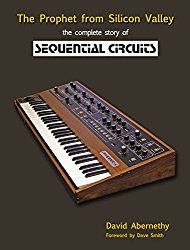
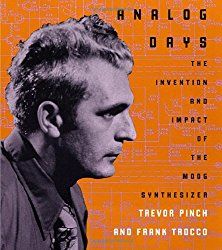
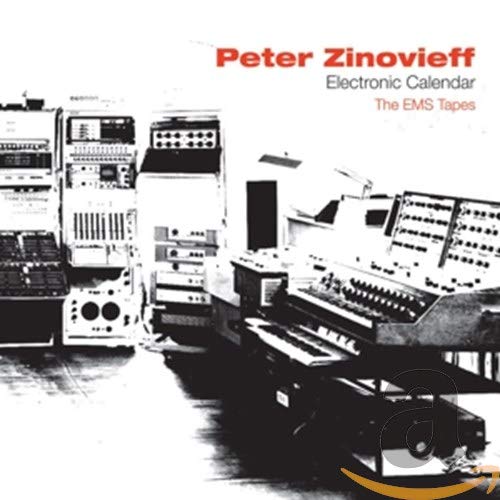
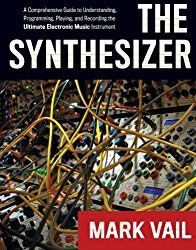

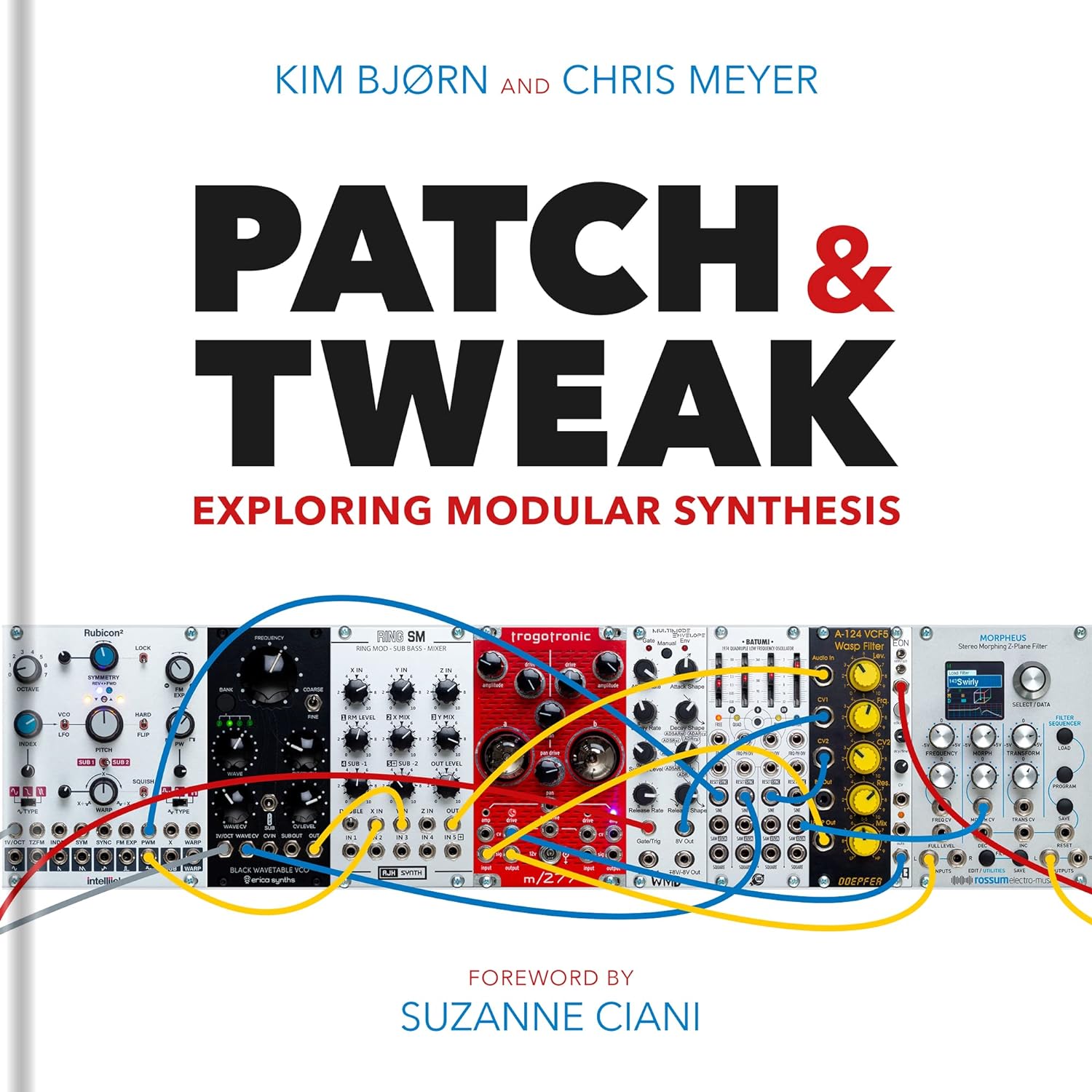
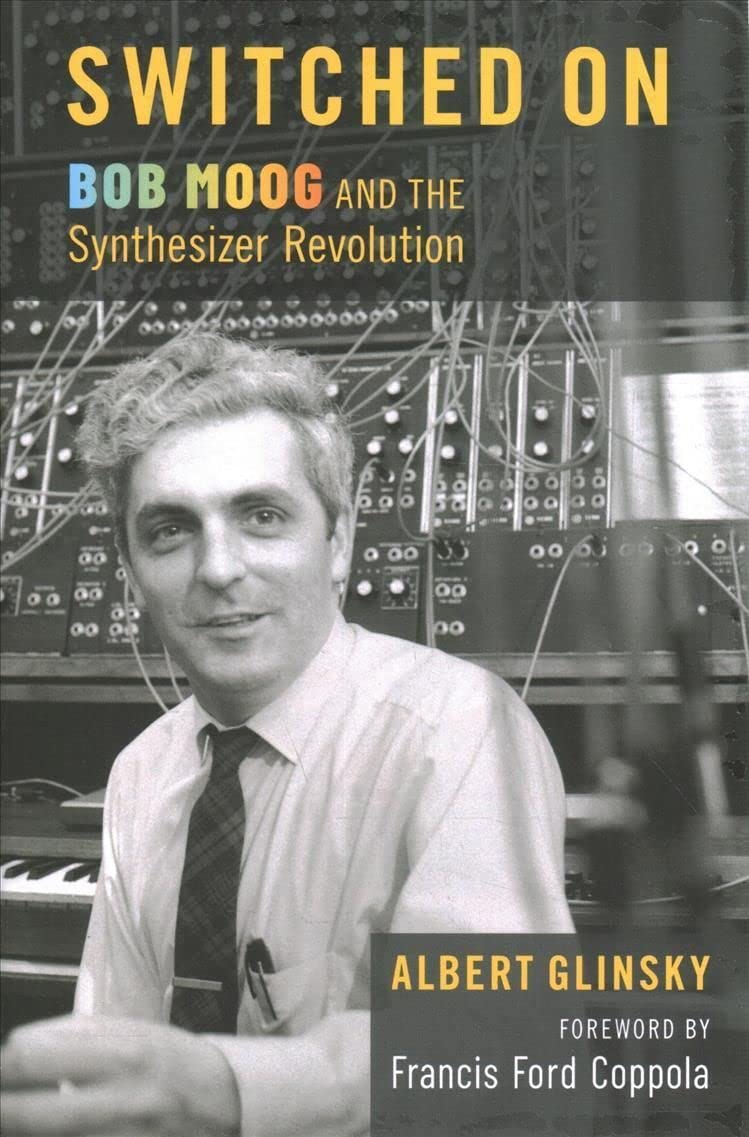
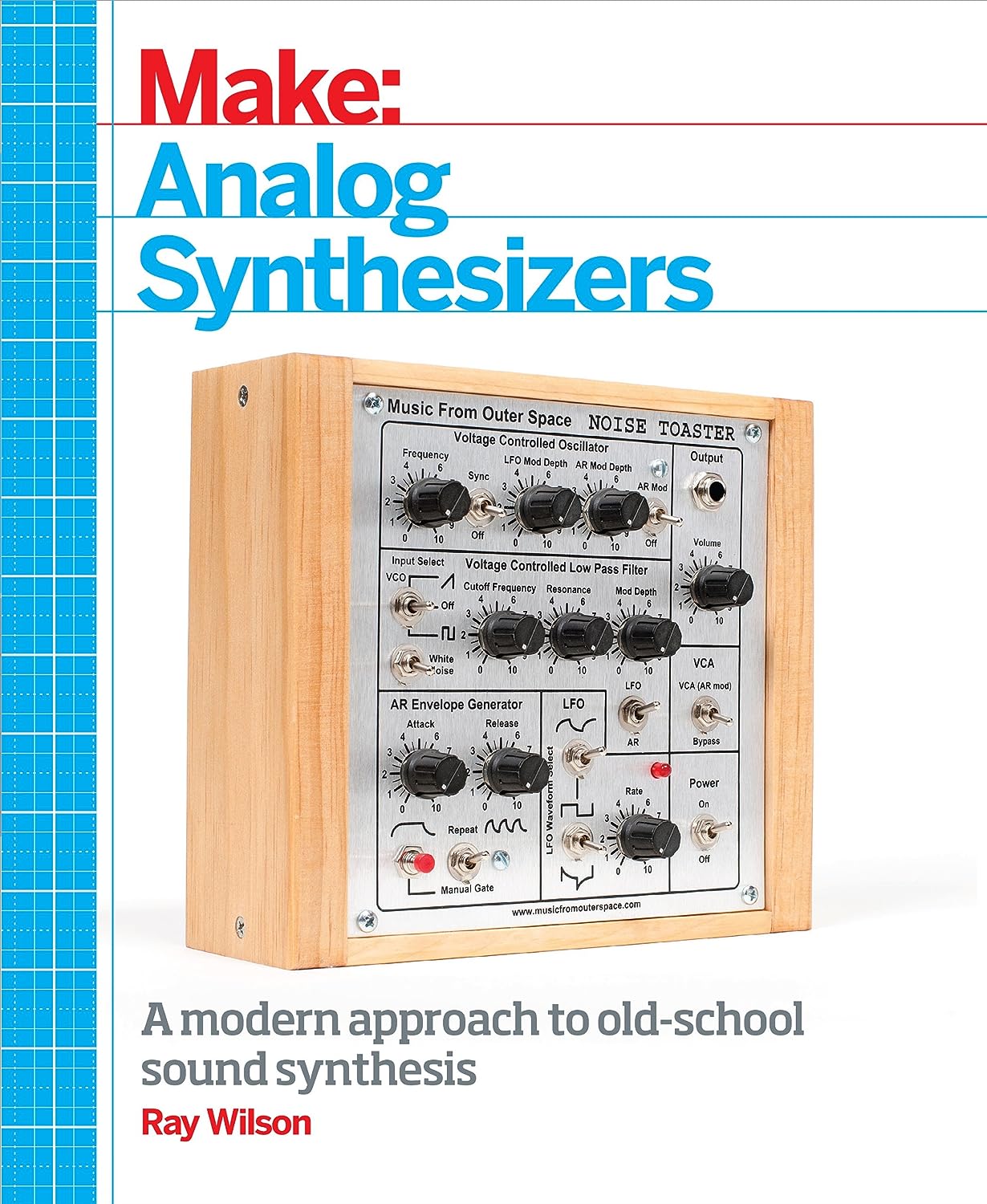
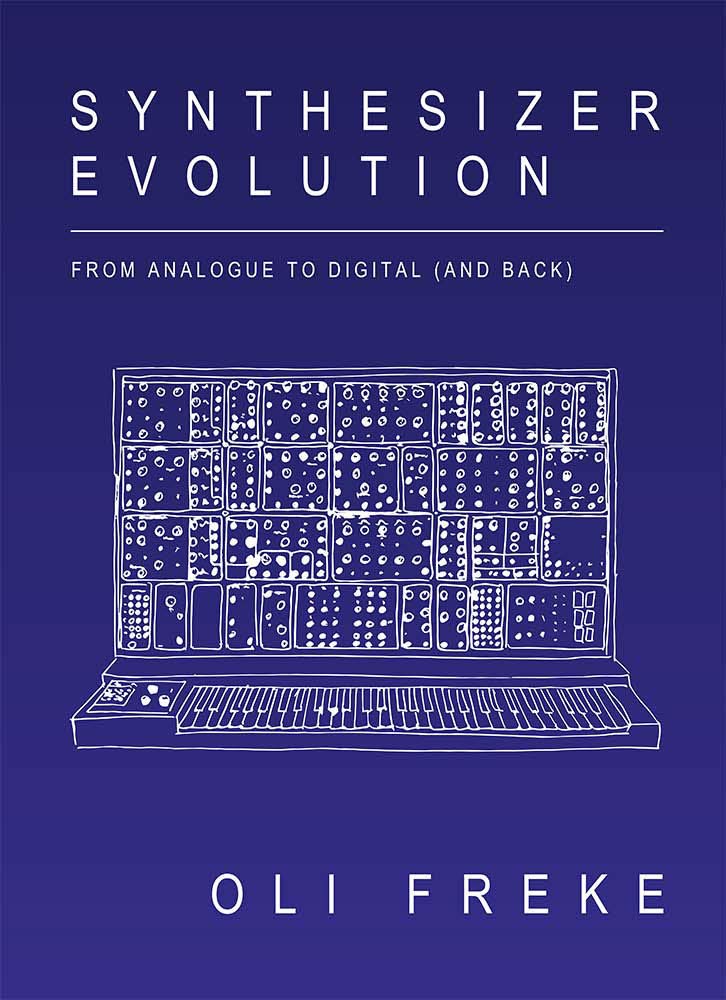

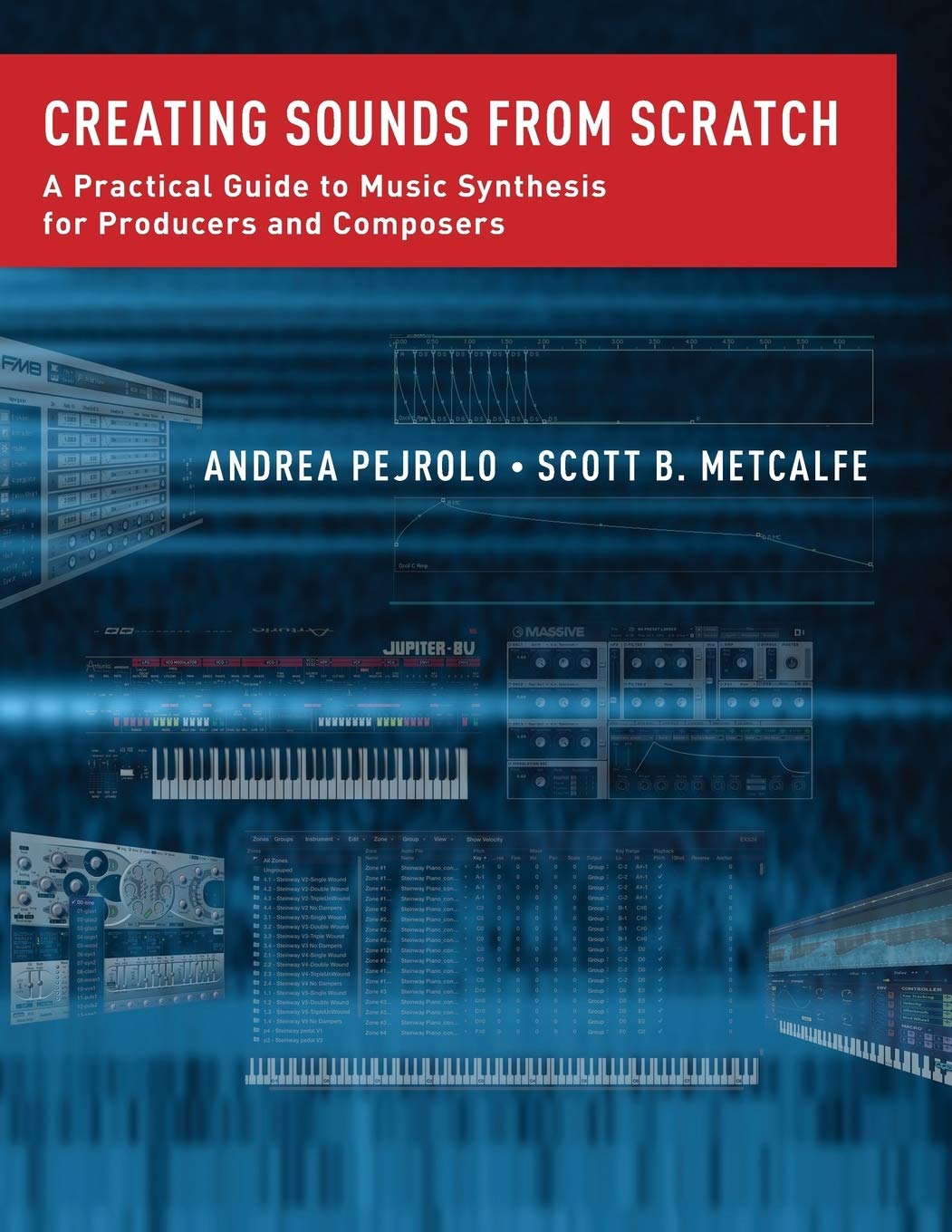


© Matrixsynth - All posts are presented here for informative, historical and educative purposes as applicable within fair use.
MATRIXSYNTH is supported by affiliate links that use cookies to track clickthroughs and sales. See the privacy policy for details.
MATRIXSYNTH - EVERYTHING SYNTH













© Matrixsynth - All posts are presented here for informative, historical and educative purposes as applicable within fair use.
MATRIXSYNTH is supported by affiliate links that use cookies to track clickthroughs and sales. See the privacy policy for details.
MATRIXSYNTH - EVERYTHING SYNTH



















